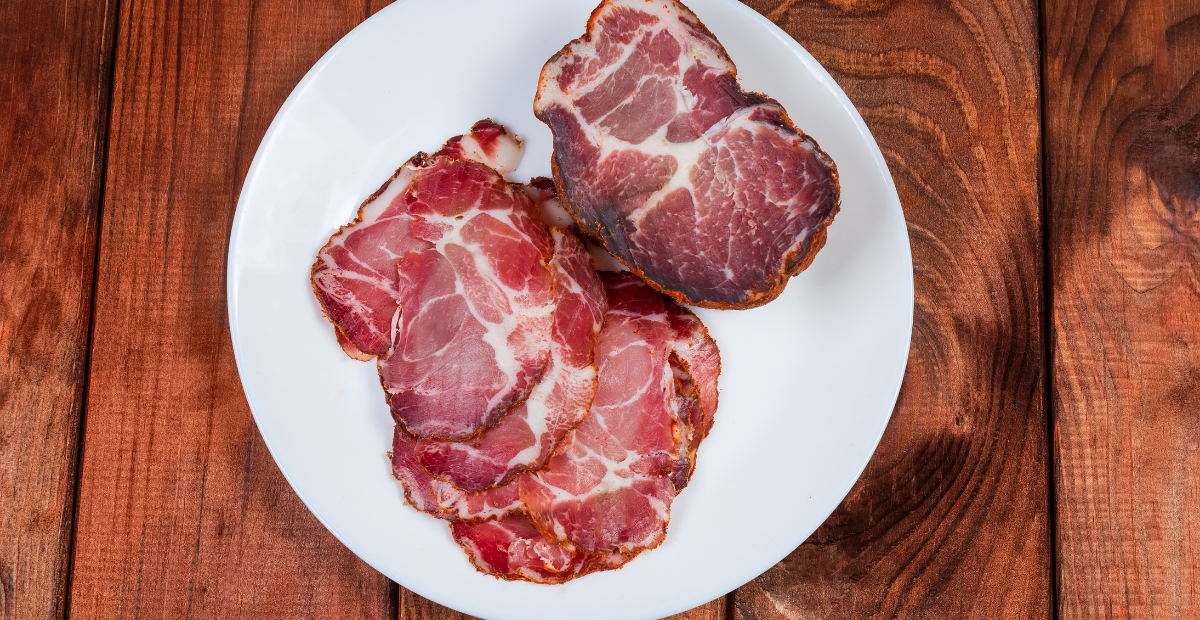Is anyone familiar with word similarity games? Let’s try one now. Capicola. Gabagool. They look exactly the same, right? Take a moment to say them out loud. They sound the same too, right? If you’re scratching your head in slight (or much) confusion, you aren’t alone. Thanks to Dan Nosowitz, the world has a little more of an understanding of this phenomenon. Welcome to the New Jersey-Italian accent.
Videos by Rare
For anyone who is still a little lost, “capocollo” or “coppa” or “capicola” and yes, even “gabagool” are all referring to the same thing: an Italian meat product. The traditional Italian pork cold cut is thinly sliced pork shoulder or neck and is served on antipasti, paninis and sub sandwiches as well as traditional Italian pizza. But, like most things, it’s not really about what it’s about.
So how did capicola become gabagool?
The United States was the land of dreamers and as such has become a melting pot of dreamers, cultures, and dialects. This is how ‘capicola’ became ‘gabagool’ is an example of the cultural merging of one particular group. They all just happen to live in the home state of “Jersey Shore“, but this must just be an accident. Or is it? This is Italian-American slang.
This accent has appeared in pop culture, proof it’s a memorable, pervasive trait. Remember “The Sopranos”? How could you forget Meadow Soprano, daughter of New Jersey Italian-American mobster Tony Soprano, telling her grandmother not to eat “gabagool”? By skipping “capicola”, this marked a shift. “The Office” bit off of this humor, as well. MTV reality series “Jersey Shore” between antics also showcased a few cultural nuances of the Italian-American culture and lifestyle.
The New Jersey accent is easily recognizable, but its roots are harder to pin down. The first fact is easy: a lot of Italian-Americans live on the East Coast (New Jersey especially) because many immigrants from Italy found new homes in New York City, New Jersey, Philadelphia, and Long Island. However, up until 1861, Italy was made up of many separate kingdoms and regions with varied cultures, languages and practices. Once in America, many different traditions blended together under one name: Italian.
The new challenge was learning how to speak to each other with broken dialect that was falling short in this foreign, new place. Families continued to speak their Italian, keeping the roots of language and culture alive even though they were scattered, even amongst themselves, in their traditions, vocabulary, and habits. For example, Southern Italian immigrants left off the final vowels from their words. Others did not. Nuances like this were the catalyst that gave way to new words and phrases, and finally, the New Jersey accent we hear today. Gabagool is just one word. We didn’t even touch on mozzarella. Wondering what that looks like? Check this out:
Today, some Italian restaurants in places like Hoboken offer signage of Italian foods with both names, new and traditional. Many Italian-Americans view this as a symbol of progress, history, and the strong sense of culture that lasts regardless of continental location.



